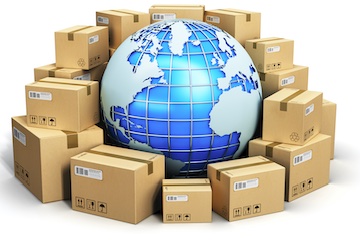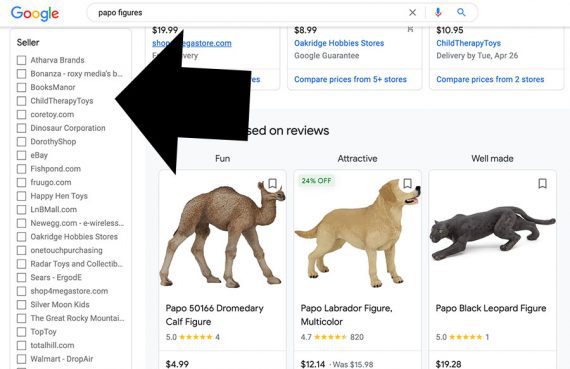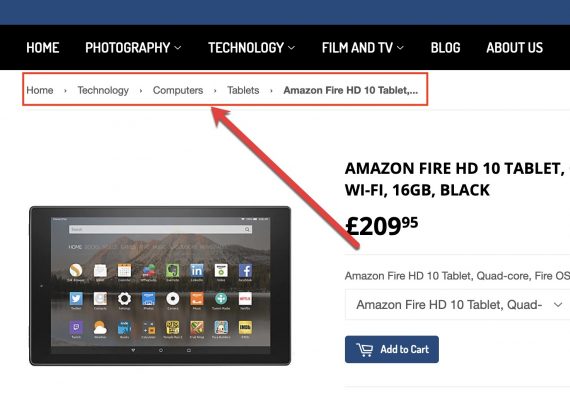
AI algorithms can forecast when orders will arrive, which means pallets can be placed in readiness in the most efficient positions.
Fulfillment. In distribution centers, AI-enabled inventory management aids decision-making on optimum stockholdings based on:
AI in Distribution, Logistics
But the distribution and logistics industries use AI, too.
In the grocery sector, U.K.-based Ocado uses AI tools to prevent food spoilage. Food waste is a huge global problem. The United Nations’ Food and Agriculture Organization estimates that 1.3 billion tons of food are wasted every year, nearly one-third of all food produced. The Ocado Smart Platform applies AI to assess 20 million forecasts each day to maximize freshness and availability while reducing overstock and waste. AI also helps determine the optimal time for offering discounts.
- Sales trends over the previous years,
- Projected or anticipated changes in product demand,
- Seasonal fluctuations,
- Potential supply-related constraints.
Sustainability. Fashion retailers strive to reduce the volume of returned goods from online sales. Inditex, a Spanish clothing company, is deploying AI capabilities for its Zara brand to suggest at the time of order the right apparel size based on a customer’s measurements along with his style preferences, such as loose or tight clothing. Reducing product returns means fewer items in landfills and a greener planet.
- Problem: Too much inventory.
- Solution: Use AI to predict market demand and optimize stock levels.
- Result: Lower holding costs, fewer disposals, more on-time deliveries.
Artificial intelligence is a list of instructions and rules that a computer needs to complete a task. Ecommerce examples include site search, product recommendations, and chatbots — all increasingly rely on AI.
- Problem: Inefficient transport processes mean wasted time and money.
- Solution: Optimize delivery routes for more on-time deliveries.
- Result: Lower cost of fuel, reduced CO2 emissions, satisfied customers.
Procurement. AI is being used in procurement to lower costs. Large companies need to understand who spent what and with whom. AI algorithms are used in historical spend analysis to review, cleanse, and classify overall expenditures for improved sourcing decisions. Benefits include obtaining company-wide volume discounts, better supplier selection, and efficient timing of purchase orders.
Shipping. Leading distributors and transporters UPS, FedEx, and DHL use AI-powered tools to determine the most efficient routes for their fleets based on historical data. The tools forecast loads and streamline route planning and vehicle scheduling for faster deliveries. The result is faster deliveries, lower fuel costs, and fewer vehicles on the road.
Job Losses?
AI-driven solutions improve productivity and release people from mundane and unfulfilling tasks. But many observers worry that applying AI in warehouses and logistics may result in job losses. Not true. Any losses are likely balanced by new roles needed for the human touch. Thus AI will improve customer service while driving backend efficiencies.





